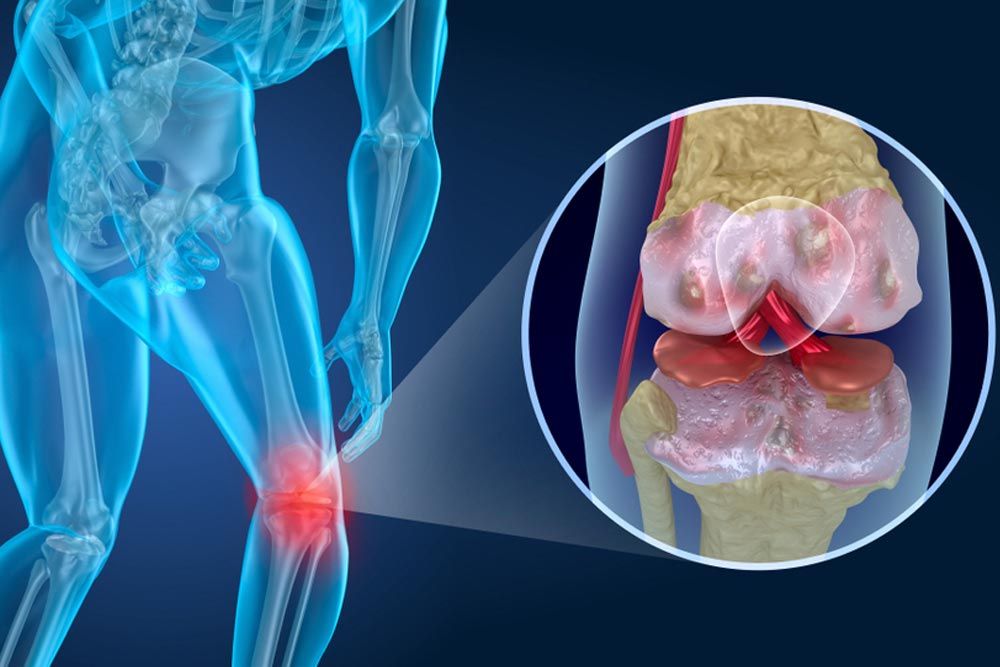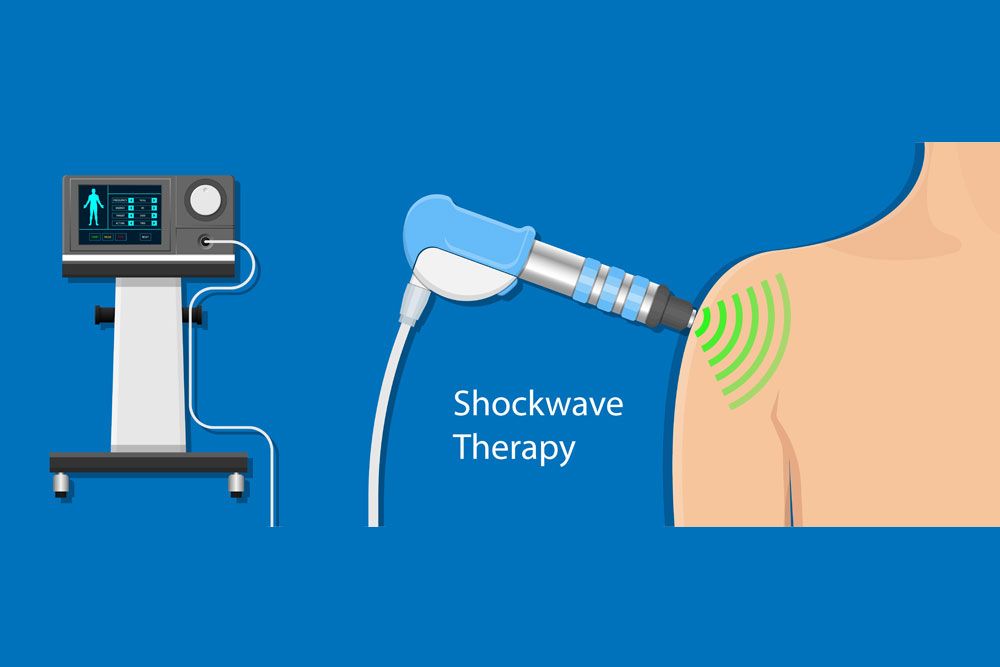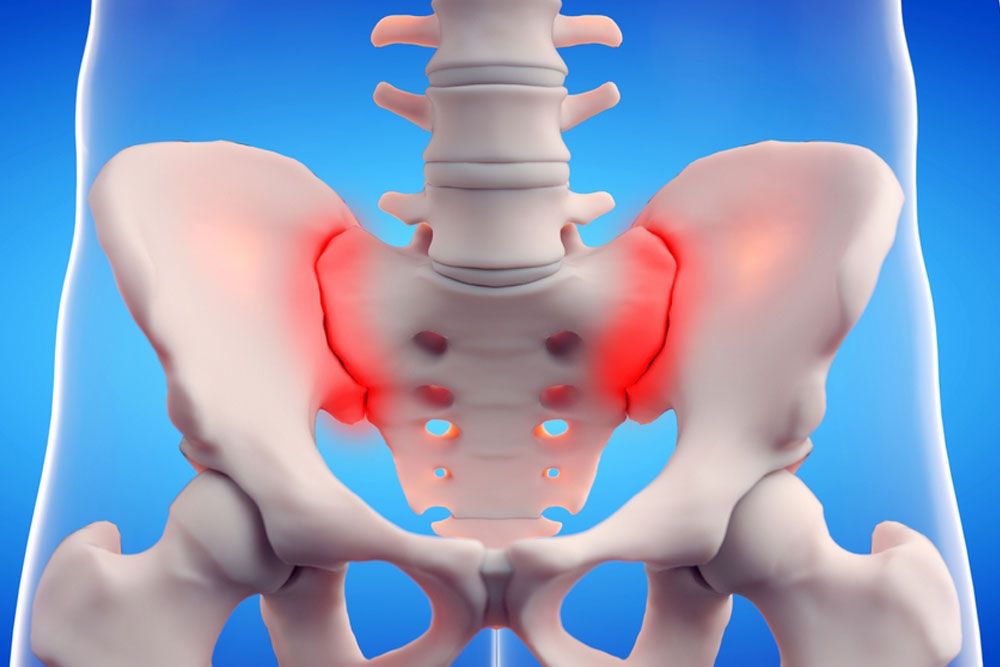Arthritis is more than just a single condition. It represents a category of multiple types of joint diseases, each with its own unique set of challenges. At Mālama Pain, Spine, and Joint Medicine, Dr. Maya Modzelewska is committed to providing comprehensive care for those suffering from arthritis. We aim to improve your quality of life by addressing your specific needs with the most effective treatment plans.
Understanding Arthritis: Symptoms
Understanding the symptoms of arthritis is crucial as it can help with early detection and intervention, thereby possibly preventing further joint damage. The signs can often be sneaky, initially appearing as minor inconveniences that may be easily overlooked.
- Joint Pain: This is typically the first sign of arthritis. The pain can be intermittent or constant, ranging from a dull ache to a sharp, intense pain. It may be localized to one joint or spread across multiple joints. The pain often worsens with activity and eases with rest.
- Stiffness: Arthritis often leads to stiffness in the affected joints. This stiffness is usually most noticeable upon waking up in the morning or after periods of inactivity. In some cases, the stiffness may last several hours and can be accompanied by a cracking or grinding sound during joint movement.
- Swelling: Arthritis can cause inflammation in and around the joints, leading to noticeable swelling. The skin over the affected joint may appear red and feel warm to the touch. This is a result of increased blood flow due to the inflammatory response.
- Reduced Range of Motion: As arthritis progresses, it can lead to reduced motion in the affected joints. This can make everyday tasks more challenging, such as buttoning a shirt or opening a jar. In severe cases, the joint may become immobile.
- Visible Joint Changes: Chronic inflammation and the subsequent wearing down of joint tissues can lead to visible changes in the joints. This can manifest as enlargements in the joints and swelling.
- Fatigue and Malaise: Arthritis can also cause systemic symptoms like fatigue and a feeling of general malaise or illness. These symptoms are often due to the body’s ongoing inflammatory response, which can be energy-draining.
- Other Symptoms: Depending on the type of arthritis, other symptoms may occur. For example, in rheumatoid arthritis, you may experience periods of increased disease activity causing flare ups of pain. In osteoarthritis, you may notice increased pain and stiffness when it rains due to changes in atmospheric pressure.
The symptoms of arthritis are varied and can significantly impact an individual’s quality of life. However, recognizing these symptoms and seeking a doctor’s consultation at the earliest can pave the way to better management and treatment.
Diagnosing Arthritis: A Critical Step
Accurate diagnosis is the cornerstone of effective arthritis treatment. Our doctors employ a combination of physical examinations, patient history, and advanced medical imaging techniques to diagnose the type of arthritis accurately. This may include blood tests to check for certain antibodies or imaging tests like X-rays, MRI, and CT scans to view the joints and surrounding tissues. The goal is to identify the exact nature and extent of the arthritis to design an appropriate treatment plan. This process is multifaceted and involves different stages to ensure the most accurate results.
- Physical Examination: This is usually the first step in diagnosing arthritis. Our doctors will carefully examine the affected joints for signs of inflammation, such as redness, warmth, and swelling. They will also evaluate the joint’s range of motion and assess the presence of pain during movement or when pressure is applied.
- Patient History: Understanding the patient’s medical history is integral to diagnosing arthritis. The doctor will inquire about the onset, duration, and progression of symptoms, previous injuries or illnesses, family history of arthritis or other autoimmune diseases, lifestyle habits, and occupational hazards. The information gathered can provide valuable clues about the possible type and causes of arthritis.
- Advanced Medical Imaging: Imaging techniques provide a detailed view of the joints and surrounding tissues, allowing doctors to assess the degree of joint damage. X-rays can reveal joint space narrowing, bone spurs, or erosion, which are indicative of arthritis. MRI (Magnetic Resonance Imaging) and CT (Computed Tomography) scans offer a more detailed view of the soft tissues, including cartilage, tendons, and ligaments, and can help detect early signs of arthritis that may not be visible on an X-ray.
- Laboratory Tests: Blood tests are often used to detect specific antibodies associated with different types of arthritis. For example, the rheumatoid factor and anti-cyclic citrullinated peptide (anti-CCP) are often found in the blood of patients with rheumatoid arthritis. Other blood tests may be done to measure the level of inflammation in the body, such as the erythrocyte sedimentation rate (ESR) and C-reactive protein (CRP).
- Sometimes, a sample of joint fluid may be extracted for analysis – a procedure known as arthrocentesis. This can help identify infection, gout, or other types of inflammatory arthritis.
These diagnostic procedures aim to pinpoint the exact type of arthritis and understand its severity. This information is crucial in developing a tailored and effective treatment plan for each patient, ensuring they receive the most appropriate care for their specific condition.
Treatment Options: Towards a Pain-Free Life
At Mālama Pain, Spine, and Joint Medicine, Dr. Maya Modzelewska focuses on creating personalized treatment plans that aim to control pain, minimize joint damage, and improve or maintain function and quality of life. Treatments may include:
- Medication: Various medications can be used to treat arthritis. Analgesics, such as acetaminophen and Nonsteroidal anti-inflammatory drugs (NSAIDs) can control pain and inflammation.
- Physical Therapy: Physical therapy can be helpful for some types of arthritis. Exercise can improve the range of motion and strengthen the muscles surrounding joints.
- Injections: For some patients, our doctors may recommend injections of corticosteroids, hyaluronic acid, or platelet rich plasma into the affected joint.
- Lifestyle and Home Remedies: These may include weight loss, exercise, TENs unit, heat and cold therapies, and assistive devices.
- Regenerative Medicine: Cutting-edge treatments like PRP (Platelet-Rich Plasma) therapy use your body’s own cells to heal and reduce inflammation.
Preventing Arthritis: Is it Possible?
While it’s not always possible to prevent arthritis, certain lifestyle changes can significantly reduce the risk and help manage the symptoms. Regular exercise helps maintain joint flexibility, while a healthy diet rich in antioxidants can reduce inflammation. It’s also crucial to avoid excessive repetitive movements and to maintain a healthy weight to reduce pressure on the joints.
Living with arthritis can be challenging, but it’s possible to manage the symptoms and maintain a high quality of life with the right approach. The future of arthritis treatment is promising, with ongoing research and advancements in medicine continuously improving the potential outcomes. Don’t let arthritis control your life. Contact Mālama Pain, Spine, and Joint Medicine today at (808) 501-2235. Let us guide you on your journey to a more comfortable, fulfilling life. We’re here to help you navigate your path to wellness.
Frequently Asked Questions
What are the different types of arthritis?
The most common types of arthritis include osteoarthritis, rheumatoid arthritis, and psoriatic arthritis. Each has different causes, risk factors, and effects on the body.
Can younger people get arthritis?
Yes, while arthritis is more common in adults over the age of 65, it can occur at any age. For instance, juvenile idiopathic arthritis can affect children aged 16 and under.
Is there a cure for arthritis?
While there’s currently no cure for most types of arthritis, various treatments can significantly reduce symptoms and improve quality of life. Treatment plans often involve a combination of medication, physical therapy, and lifestyle modifications.
Can diet and exercise impact arthritis?
Absolutely. Regular exercise can help keep your joints flexible. A diet rich in fruits, vegetables, lean proteins, and healthy fats can help manage weight and maintain overall health, which can be beneficial for individuals with arthritis.
What can happen if arthritis is left untreated?
If left untreated, arthritis can lead to permanent joint changes. These changes may be visible, such as knobby joints, but often the damage can only be seen on X-rays. Some types of arthritis also affect the heart, eyes, lungs, kidneys, skin, and joints.




